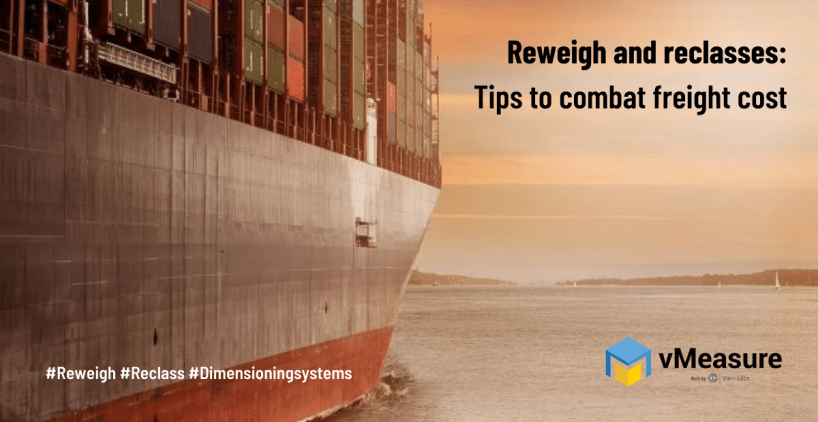Tips To Combat Freight Reweigh & Reclass Fees
Summary
Introduction
So what exactly are reweigh and reclasses?
How can LTL reweighs and classifications be eliminated?
The National Motor Freight Classification (NMFC) uses four key metrics to define a commodity’s shipping class:
Density
Handling
Liability
Refers to the possibility of your freight being damaged, stolen, or mishandled. When cargo undergoes an explosion, spontaneous combustion perishes, or breaks, there is a greater monetary liability.
Stowability
Pack precisely
Measure accurately
Ensure your entire shipment is weighed
Weigh your entire LTL shipment to prevent rounding up or down, which can change the package’s freight class. Carriers measure the weight and dimensions of your freight using precise digital scales and high-tech laser or computer vision-based dimensioning systems. Ensure your measurements are precise beforehand to prevent a sudden change in shipping class from costing you time and money.
Calculate the density of your shipment
Leverage a 3PL
You must determine the density based on the dimensions and weight of your package. The freight’s density determines the shipping class for some items with a wide range of weights, like machinery or auto components. Therefore, you need to know how your item will be classified and provide an accurate estimate of its density to choose the right freight shipping class for your shipment.
